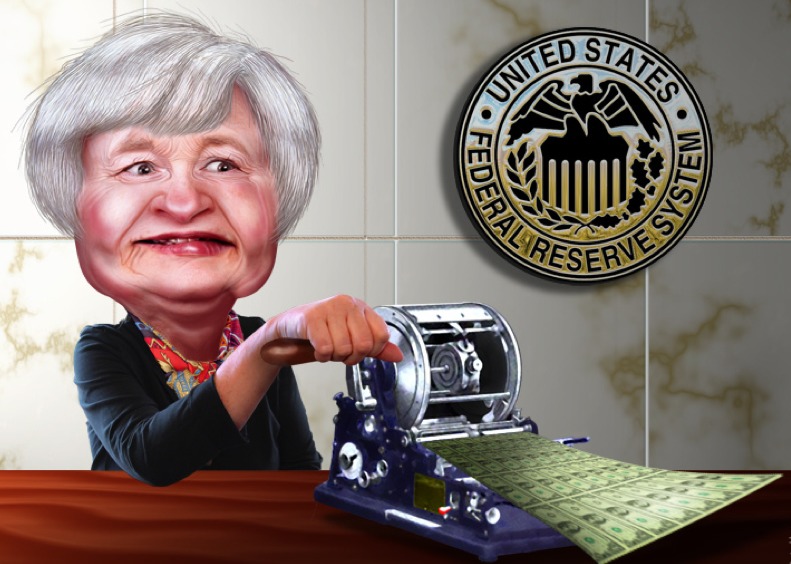Major U.S. stock market indices managed modest gains for the third quarter even though July and September had negative returns.
The S&P 500 gained 0.6% last quarter while the Dow Jones Industrial Average and the Nasdaq Composite posted slightly better returns with increases of 1.1% and 1.9%, respectively.

Dividend dynamics
Large capitalization stocks fared better than shares of smaller companies, as evidenced by the decline in the Russell 2000 Index of more than 7% in the third quarter.
Public companies continue to face on-going pressure to use available cash to increase shareholder returns through cash dividends and buybacks.
This has led to third quarter net dividend increases of $12.3 billion, which is an increase of almost 4% from dividend increases last quarter.
That development in turn has enabled the S&P 500 to sustain a yield of over 2% at the end of last quarter, even with rising stock prices.
Investors typically think of large cap stocks when they think dividend yield. However the small cap stocks (as represented by the S&P 600) that do pay dividends yield just as much as the larger cap stocks, partially due to last quarter’s small cap sell off.
Oil price swoon
Energy stocks were the worst performing sector in the third quarter, in contrast to the second quarter when they were the best performing sector.
A factor for this decrease is that crude oil prices declined 13% in the third quarter and were at a 52 week low.
However, healthcare and technology stocks continued to add to their gains from earlier in the year, with both groups now showing double digit percentage increases on a year to date basis at the quarter end.
Health care is the only sector that has recorded an increase in expected earnings growth during the last quarter.
Fixed income
Bonds were generally unchanged in the third quarter as measured by the Barclays U.S. Aggregate index which had a total return of 0.2%.
Municipal bonds rose while lower quality corporate bonds declined in price as did Treasury Inflation-Protected Securities amid moderating inflation expectations.
The yield curve continued to flatten as long term U.S. Treasury rates declined and intermediate term rates rose slightly.
Yellen’s Fed
The Federal Reserve ended its quantitative easing (QE) program of bond buying. However, the Fed Fund target rate remains at the low level of 0 to 0.25%, where it has been since Dec. 2008 with no immediate rate hike in sight.
The timing of any rate increase is still subject to various economic conditions as detailed in vague terms by the Federal Reserve at their September meeting.
In other words, short-term, low rates may be around for a while longer much to the chagrin of money market and CD investors.
With the equity market in its sixth positive year, people have been wondering when the next correction will occur. We agree this is inevitable and perhaps even healthy for psychological reasons.
A market correction may become a self-fulfilling event even with no clear signs of long-term weakness in corporate profits or the economy.
Photo Credit: Donkey Hotey via Flickr Creative Commons
DISCLAIMER: The investments discussed are held in client accounts as of October 31, 2014. These investments may or may not be currently held in client accounts. The reader should not assume that any investments identified were or will be profitable or that any investment recommendations or investment decisions we make in the future will be profitable. Past performance is no guarantee of future results.

